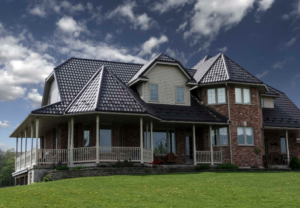 Metal roofing provides sustainable energy efficiency and versatile elegance perfect for the 21st century. Metal construction overall has enjoyed growing popularity over the last decade as homeowners, commercial business owners, and institutions have opted for green construction. However, metal roofing pros and cons are often plagued by myths. Fact or fiction? Let’s find out.
Metal roofing provides sustainable energy efficiency and versatile elegance perfect for the 21st century. Metal construction overall has enjoyed growing popularity over the last decade as homeowners, commercial business owners, and institutions have opted for green construction. However, metal roofing pros and cons are often plagued by myths. Fact or fiction? Let’s find out.
Myth 1: Lightning Hits Metal Roofs More Often
Perhaps one of the longest lasting myths about metal roofing remains the idea that lightning is attractive to metal roofs. However, lightning actually hits the closest, usually tallest, object as it heads towards the earth. Believe it or not, even if your home is struck by lightning, metal roofing is not flammable, one of the key factors to consider when listing metal roofing pros and cons.
So not only does metal roofing NOT attract lightning, it protects you from fire in the odd, very random, chance that your home is struck during a storm.
Myth 2: Hail Destroys Metal Roofs
Metal roofs enjoy lasting durability that greatly outlasts traditional asphalt shingles. Does this include hail? Yes. Hail does not dent metal roofing. In fact, metal is ideal for harsh weather conditions, unlike asphalt shingles.
Myth 3: Metal Roofs are LOUD
Contemporary metal roofs have a roof deck that insulates from sound. A century ago metal roofing, like traditional barn roofing, may have been loud during a storm. Today insulation protects inhabitants from loud noises. Speak with your contractor about how to enhance the insulation of your home for even more quiet peace.
Myth 4: Metal Roofs Rust
Today metal roofs have a special coat that protects against moisture, weathering, and rust. Additionally, metal is not susceptible to fire, critters, mold, or termites. The special roofing paint protects your home for decades.
Call our trusted staff today about metal roof installation. We are ready to answer any question you may have about metal roofs. Our friendly staff is ready to help you. Contact us.

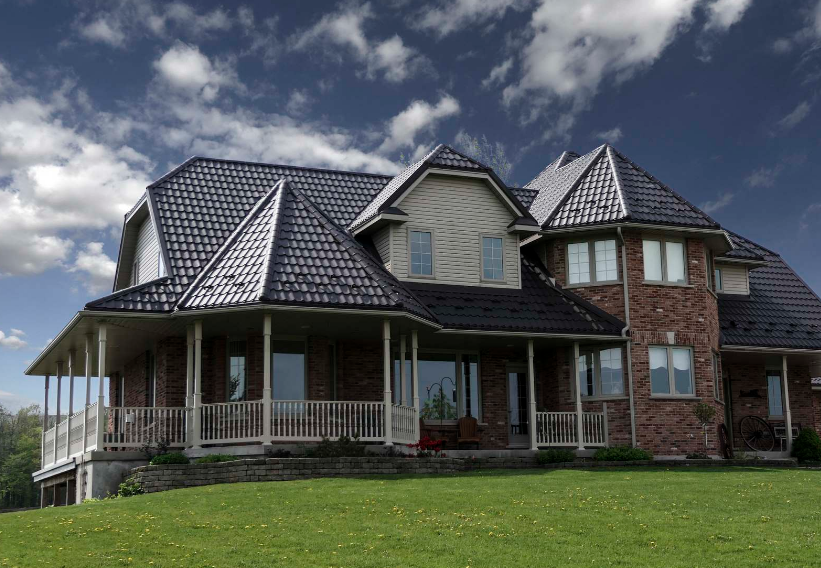
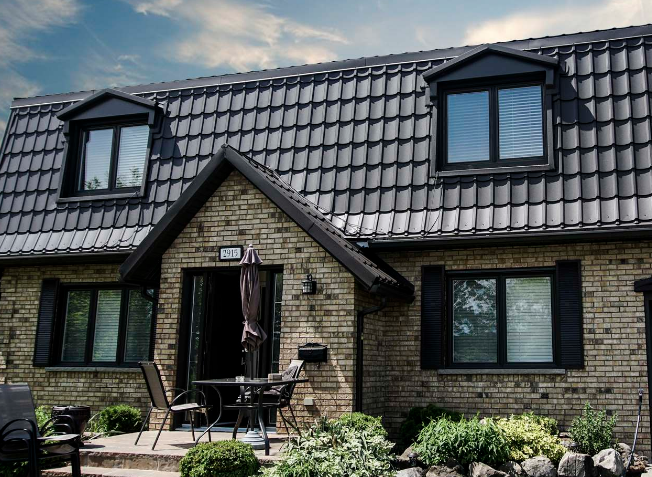
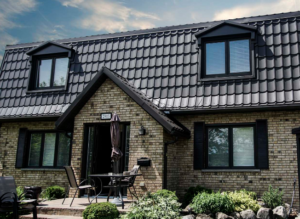 Metal roofing provides additional protection, sustainability, aesthetic elegance, and energy efficiency. However, your metal roofing suppliers and contractors must use best practices for weathertight seams to ensure that you enjoy each of these benefits. Unfortunately, not all contractors spend the time necessary to ensure that your installation runs smoothly. This can cause serious structural and aesthetic issues from misalignment, roof leaks, and serious damage.
Metal roofing provides additional protection, sustainability, aesthetic elegance, and energy efficiency. However, your metal roofing suppliers and contractors must use best practices for weathertight seams to ensure that you enjoy each of these benefits. Unfortunately, not all contractors spend the time necessary to ensure that your installation runs smoothly. This can cause serious structural and aesthetic issues from misalignment, roof leaks, and serious damage.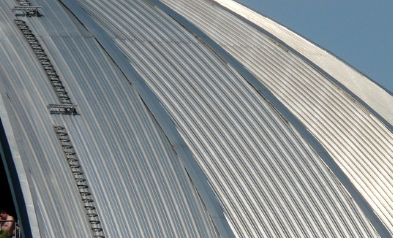
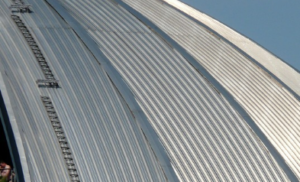 Metal roofing provides you with an attractive long-lasting upgrade to your home. Consider metal roofing pros and cons. For example, metal roofing provides additional energy efficiency and last for half a century. Additionally, metal roofs withstand harsh weather and are flame-resistant. What do you need to know before you install your new metal roof?
Metal roofing provides you with an attractive long-lasting upgrade to your home. Consider metal roofing pros and cons. For example, metal roofing provides additional energy efficiency and last for half a century. Additionally, metal roofs withstand harsh weather and are flame-resistant. What do you need to know before you install your new metal roof?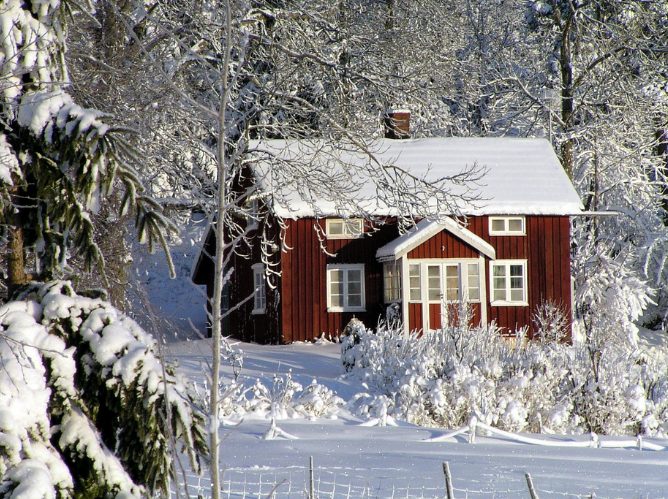
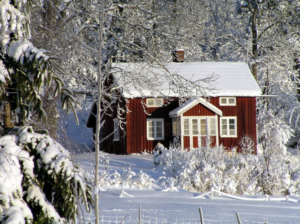 Ice damming, leaking, and snow buildup can cause serious issues for your home during the harsh winter. Many homeowners find that metal roof snow guards can help reduce ice damming considerably. But did you know that metal roofing both prevents ice dams and can reduce snow buildup overall? The metal roofing system uses a combination of gravity load, roof color, other systems to melt the snow and prevent snow buildup and ice damming
Ice damming, leaking, and snow buildup can cause serious issues for your home during the harsh winter. Many homeowners find that metal roof snow guards can help reduce ice damming considerably. But did you know that metal roofing both prevents ice dams and can reduce snow buildup overall? The metal roofing system uses a combination of gravity load, roof color, other systems to melt the snow and prevent snow buildup and ice damming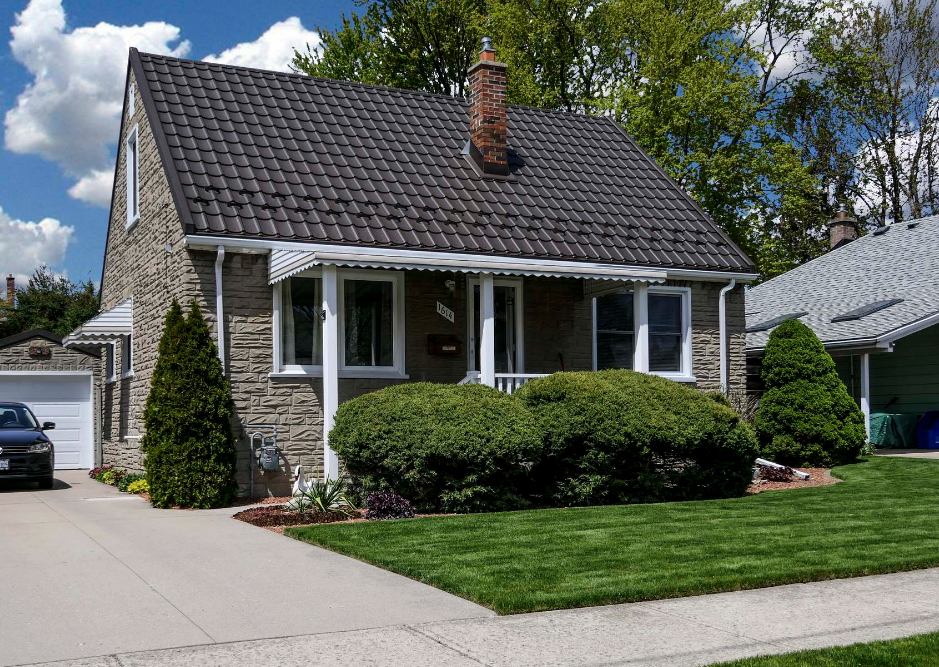
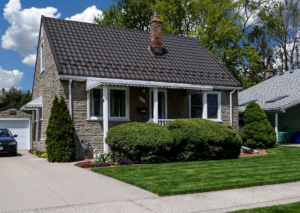 Metal roofs provide extra protection and insulation for your home. Whether you opt for aluminum, stainless steel, copper, or another type of insulated metal roof panels, you might have some concerns regarding rust. While traditionally centuries-old metal roofs did have a classic red rust patina, today modern technology prevents rusting.
Metal roofs provide extra protection and insulation for your home. Whether you opt for aluminum, stainless steel, copper, or another type of insulated metal roof panels, you might have some concerns regarding rust. While traditionally centuries-old metal roofs did have a classic red rust patina, today modern technology prevents rusting.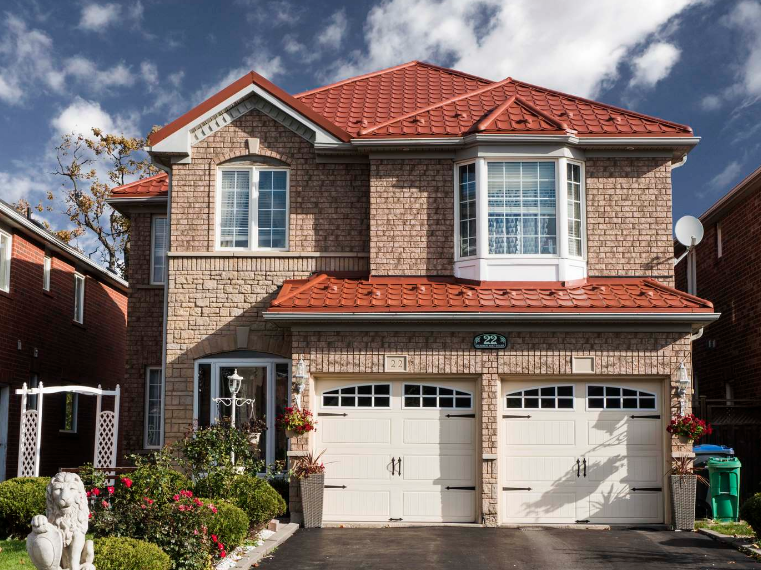
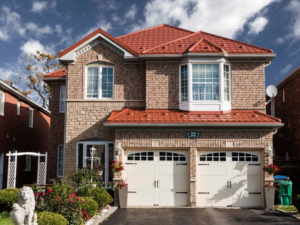 Metal roofing has surged in popularity as homeowners and commercial business owners opt for sustainable construction options. The metal architecture design and construction has a century-old history. This roofing replaced traditional wood and slate starting in the 1800s.
Metal roofing has surged in popularity as homeowners and commercial business owners opt for sustainable construction options. The metal architecture design and construction has a century-old history. This roofing replaced traditional wood and slate starting in the 1800s.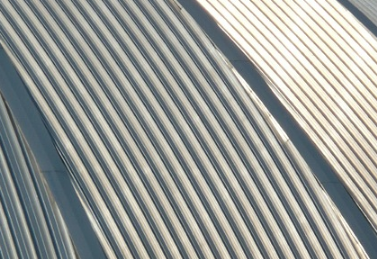
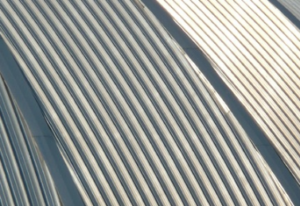 Want the benefits of a fireproof, long-lasting, and attractive roof?
Want the benefits of a fireproof, long-lasting, and attractive roof? 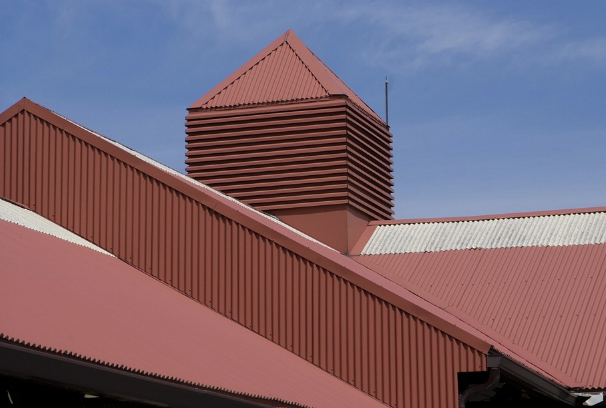
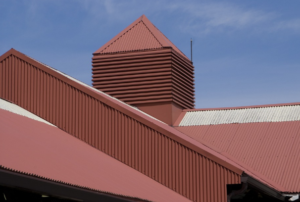 Professional roofing installation ensures that you will enjoy over fifty years of security and protection for your home. What are some of the key components of a professionally installed roof by metal roof suppliers?
Professional roofing installation ensures that you will enjoy over fifty years of security and protection for your home. What are some of the key components of a professionally installed roof by metal roof suppliers?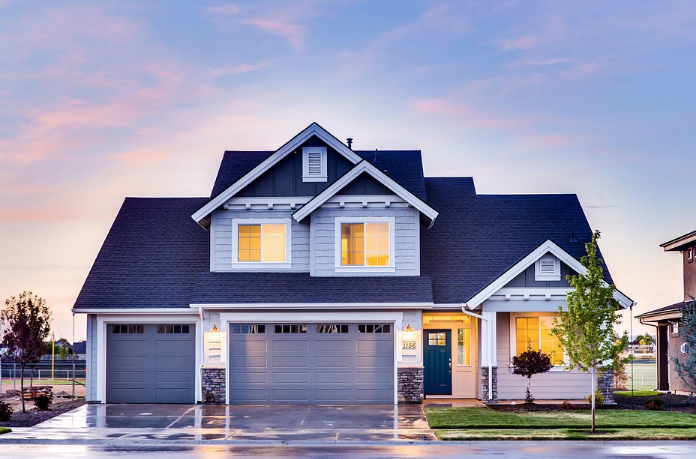
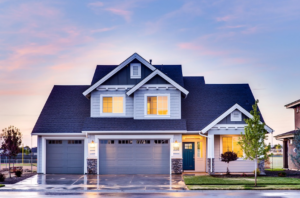 With natural disasters like wildfires and the high flammability of older homes, finding the right fire-resistant roofing materials may save your home and your life. Even in places that are not susceptible to dry climates, older flammable materials provide a substantial risk to homeowners and their families.
With natural disasters like wildfires and the high flammability of older homes, finding the right fire-resistant roofing materials may save your home and your life. Even in places that are not susceptible to dry climates, older flammable materials provide a substantial risk to homeowners and their families. 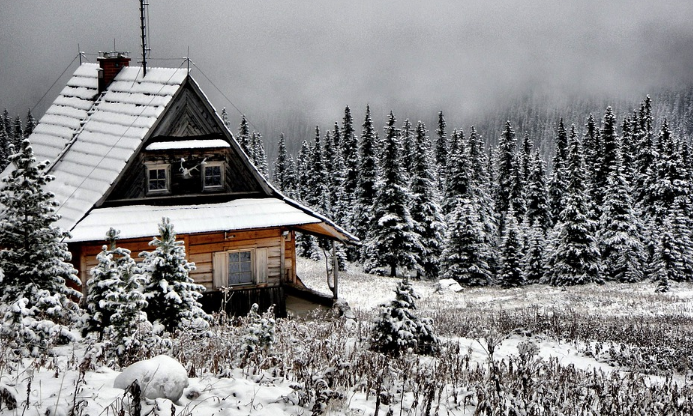
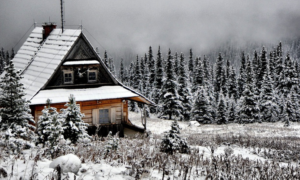 Ice dams affect homes in harsh cold regions. They are a way of life. Can ice dams form on metal roofs? What are some of the key problems that lead to ice damming? How can you
Ice dams affect homes in harsh cold regions. They are a way of life. Can ice dams form on metal roofs? What are some of the key problems that lead to ice damming? How can you 